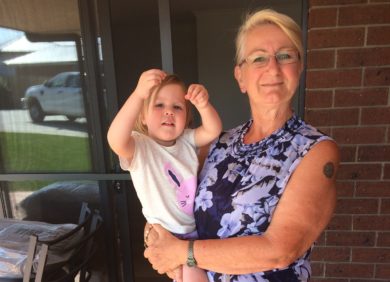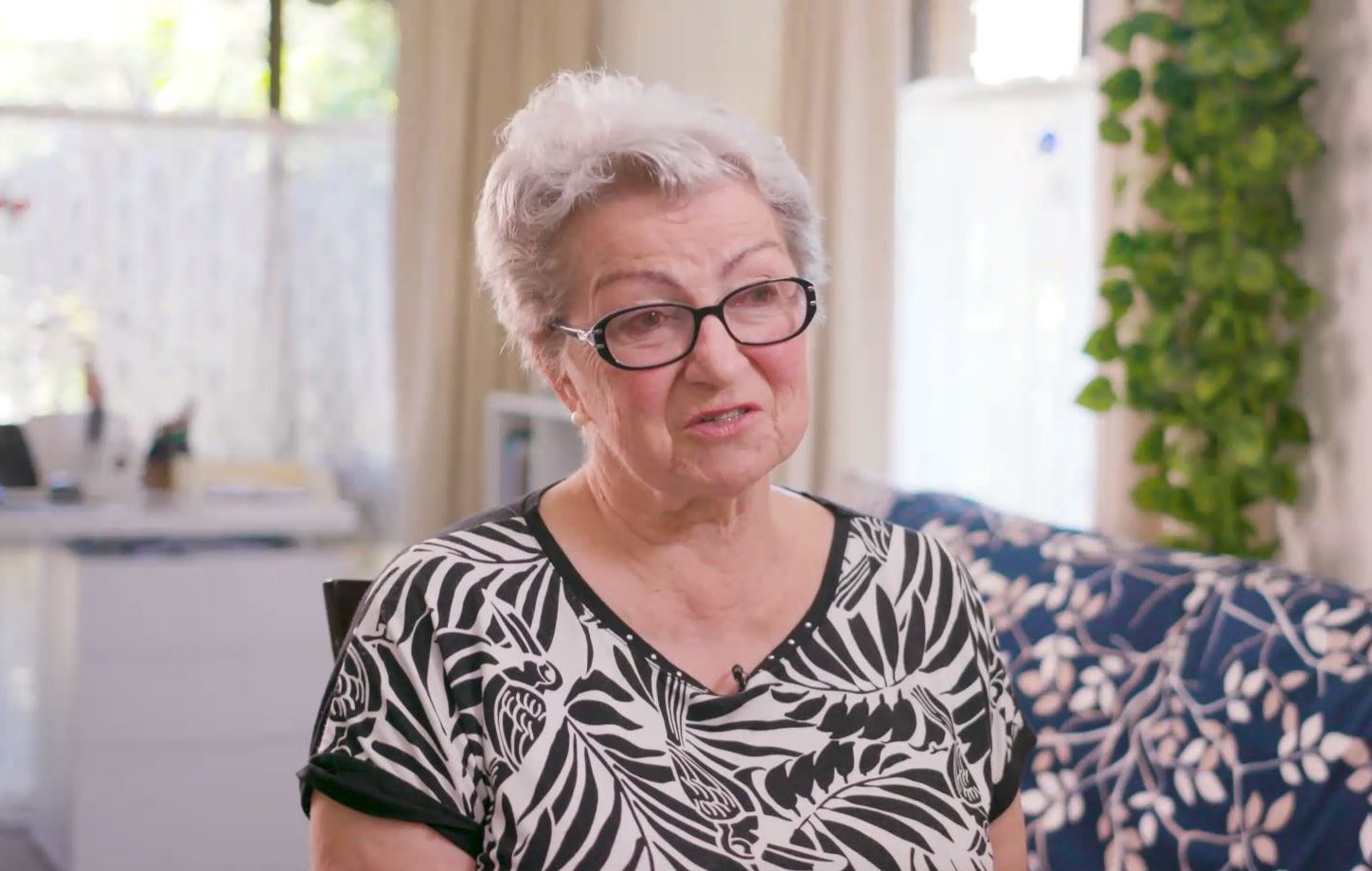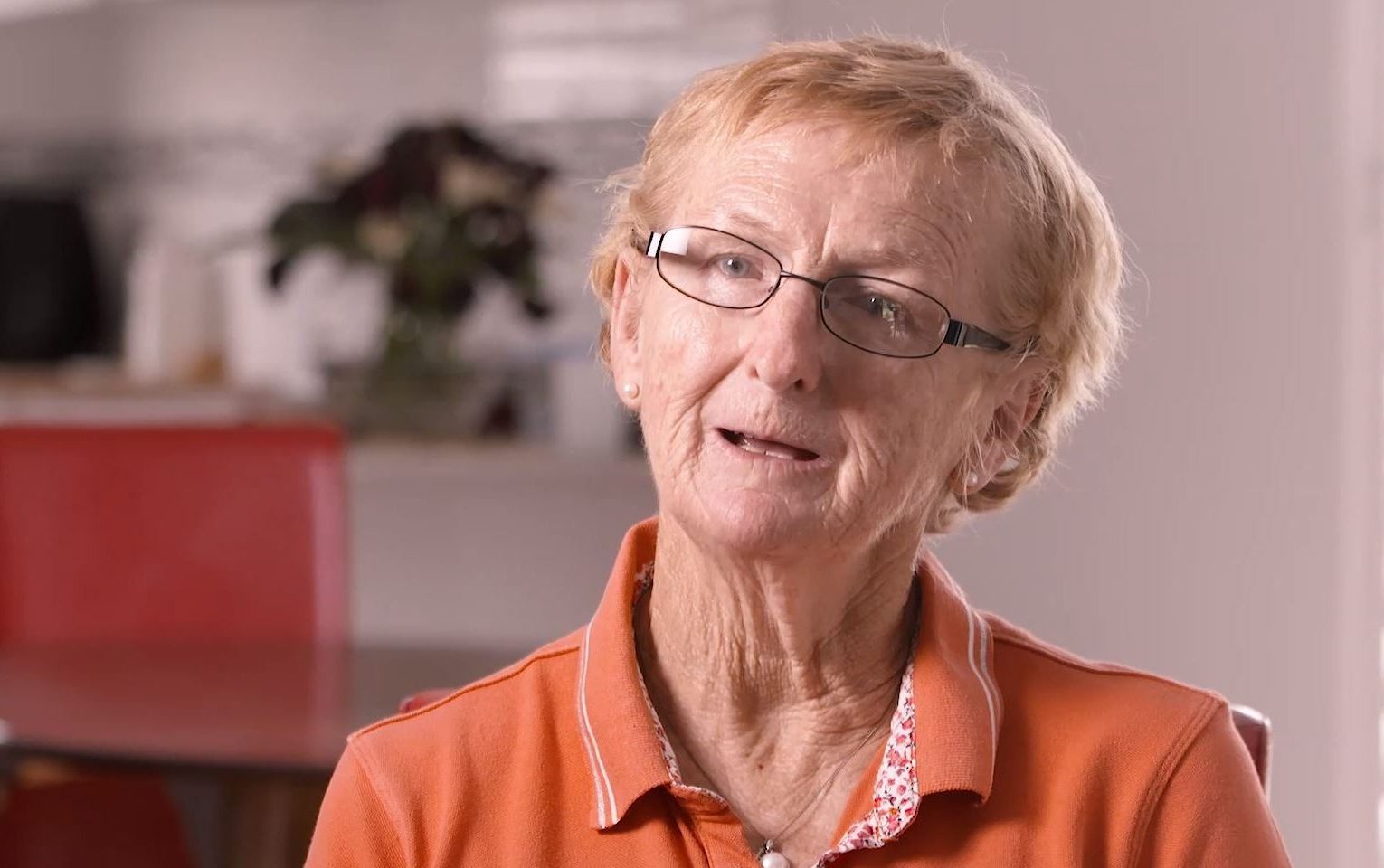Chronic lymphocytic leukaemia (CLL)
What is chronic lymphocytic leukaemia?
Chronic lymphocytic leukaemia (CLL) is a type of slow-growing leukaemia that affects developing B-lymphocytes. B lymphocytes (also known as B-cells) are specialised white blood cells. Under normal conditions they produce immunoglobulins (also called antibodies) that help protect our bodies against infection and disease. In people with CLL, lymphocytes undergo a malignant (cancerous) change and become leukaemic cells.
It is important to emphasise that for many people CLL remains stable for many months and years and has little, if any, impact on their lifestyle or general health. Around 30-50% of people diagnosed with CLL never require any treatment for their disease and can survive for many years despite their diagnosis. For others, the leukaemic cells multiply in an uncontrolled way, live longer than they are supposed to and accumulate in the bone marrow, bloodstream, lymph nodes (glands), spleen, liver and other parts of the body. These cells are abnormal and as such are unable to function properly. Over time, an excess number of lymphocytes crowd the bone marrow, and interfere with normal blood cell production.
CLL usually develops slowly and progresses slowly, over months and years. Most people have no symptoms of their disease when first diagnosed. In these cases, people often require no treatment for a long time, apart from regular check-ups with their doctor to carefully monitor their health. Others may need to be treated soon after they are diagnosed.
Chronic lymphocytic leukaemia: the basics
How common is CLL?
Who gets CLL?
What causes CLL?
What are the symptoms of CLL?
Chronic lymphocytic leukaemia videos
Chronic lymphocytic leukaemia stories and resources
CLL research news and patient stories A guide for people with CLL booklet Guides to Best Cancer Care – CLLMore information about chronic lymphocytic leukaemia
CLL diagnosis CLL treatment CLL treatment side-effects Richter’s syndromeLast updated on May 21st, 2024
Developed by the Leukaemia Foundation in consultation with people living with a blood cancer, Leukaemia Foundation support staff, haematology nursing staff and/or Australian clinical haematologists. This content is provided for information purposes only and we urge you to always seek advice from a registered health care professional for diagnosis, treatment and answers to your medical questions, including the suitability of a particular therapy, service, product or treatment in your circumstances. The Leukaemia Foundation shall not bear any liability for any person relying on the materials contained on this website.

